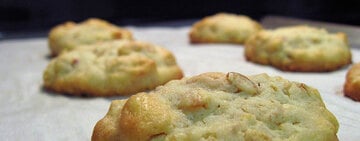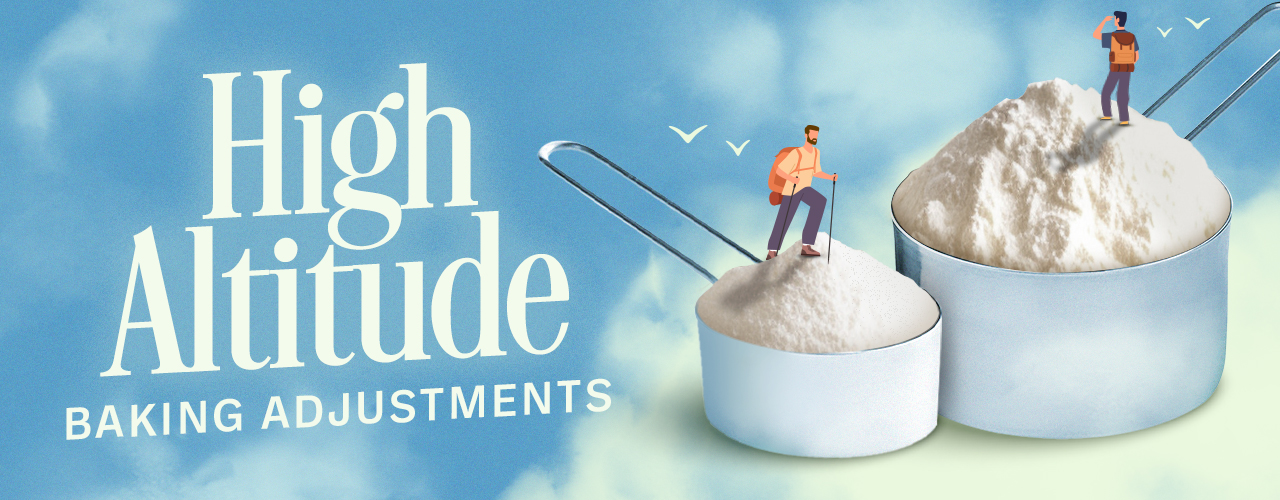
High Altitude Baking Adjustments
Last updated on 8/24/2023High altitude baking can be a challenging task if you're starting a new bakery. The lower air pressure and higher elevation can greatly affect the outcome of your baked goods. But with a few adjustments, you can achieve delicious and perfectly baked treats even at high altitudes. We’ll explore the various factors that come into play when baking at high altitudes and provide you with helpful tips and adjustments to ensure your baking success.
Shop All Commercial Bakery SuppliesHow Does High Altitude Affect Baking?
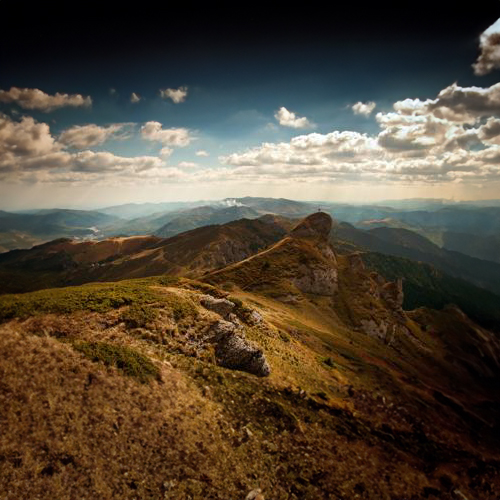
High altitude begins at approximately 3,500 feet or more above sea level. As altitude increases, the atmospheric pressure decreases, which affects baking in several ways due to air pressure and moisture content. The lower air pressure at high altitudes can cause baked goods to rise more quickly and then collapse, resulting in dense and dry textures. The reduced moisture content in the air can lead to faster evaporation, causing baked goods to become dry and crumbly.
- Air Pressure: Baking relies strongly on the chemistry of gas molecules in recipes. Yeast, baking soda, and baking powder create bubbles of air, carbon dioxide, or water vapor in baked goods called leavening gases. These gases expand quicker when baking at high altitudes, making baked goods rise and fall faster while in the oven, thus creating a dense or flat end product.
- Moisture: Water boils at lower temperatures at higher elevations, causing moisture to evaporate quicker. This can leave your baked goods with an unimpressive texture and dry mouthfeel.
How to Adjust Recipes for High Altitude
High altitude baking adjustments vary depending on what you are making and the height of your elevation. Generally, the higher your altitude, the greater the adjustment you need to make. To offset these effects, you may need to change the baking time, the oven temperature, and the ratio of ingredients you are using when preparing baked goods like cakes, cookies, pies, and types of bread. Try the following high altitude baking adjustments:
- Increase Temperature: Due to the lower air pressure, baked goods tend to take longer to cook at higher altitudes. It is recommended to increase the oven temperature by 15-25 degrees Fahrenheit (or 25% of the standard temperature). To balance the higher temperature, decrease the bake time by 5-8 minutes per 30 minutes of bake time.
- Increase Liquids: With the drier air at higher altitudes, it is important to increase the amount of liquids in your recipes. This will help to prevent your baked goods from becoming dry and crumbly. As a general rule, it is recommended to add an extra 1-2 tablespoons of liquid at 3,000 feet and an additional 1 1/2 teaspoons for each additional 1,000 feet of elevation.
- Decrease Leavening Agents: The reduced air pressure at high altitudes causes leavening agents, such as baking powder and baking soda, to work more quickly and efficiently. To prevent your baked goods from rising too rapidly and then collapsing, it is suggested to decrease the amount of leavening agents by 15 to 25%.
- Decrease Sugar: At higher altitudes, sugar tends to crystallize more quickly, resulting in a drier end product. To counteract this, it is advisable to reduce the amount of sugar in your recipes by about 1-2 tablespoons per cup. This adjustment will help retain moisture and prevent your baked goods from becoming overly sweet.
- Decrease Fat: The lower air pressure at high altitudes causes fats to break down gluten faster. This can lead to a greasy or tender end product. To avoid this, it is advisable to decrease the amount of fat in your recipes by about 1-2 tablespoons to maintain the structural strength of your bake.
- Use High-Protein Flour: High-altitude baking can benefit from the use of high-protein flour, such as bread flour or all-purpose flour with added gluten. The higher protein content helps provide structure and stability to your baked goods, resulting in a better rise and texture. It is recommended to substitute about 2 tablespoons of high-protein flour for every cup of all-purpose flour called for in the recipe. Measure your flour by weight for the greatest accuracy.
High Altitude Bread Baking
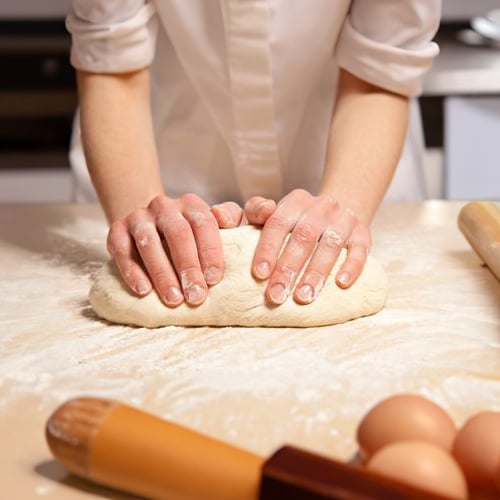
Breads that contain yeast are most affected by higher elevations because the lower air pressure makes dough rise faster, resulting in dry or misshapen loaves after baking. When baking bread at high altitudes, you will need to experiment with your bread-making supplies and processes. Here are some high altitude bread baking adjustments you can try to help you perfect your yeast bread recipes:
- Decrease yeast and use ice water with yeast to slow the reaction
- Bake bread above a pan of boiling water to increase moisture, removing the water during the last 15 minutes of baking
- Decrease proofing time; let loaf rise to 1.5 times its size rather than double
- Try punching dough down twice to remove excess air
- Decrease flour or increase liquid (if necessary)
High Altitude Cake Baking

Bakers often experience mistakes when it comes to cakes, but high altitudes can present their own unique set of challenges. The lower air pressure and higher elevation can affect the way ingredients behave, resulting in cakes that are dry, dense, or even sunken in the middle. However, with a few adjustments, you can still achieve moist and tender cakes even at high altitudes.
- Flour: Increase flour by 1-4 Tablespoons (generally 1 Tablespoon per cup of flour)
- Liquid: Increase liquid by 1-4 Tablespoons or use larger eggs
- Leavening: Decrease every 1 teaspoon to 1/4 teaspoon
- Sugar: Decrease sugar by 1-2 Tablespoons
- Shortening: Decrease shortening by 1-2 teaspoons
- Temperature: Increase temperature by 25 degrees Fahrenheit
- Tips: Instead of increasing temperature, you can increase baking time by 10-15 minutes
High Altitude Cookie Baking

Because cookies are small in volume compared to cake and bread, they aren't significantly impacted by altitude but can still experience a change in texture and consistency at higher elevations. Follow these adjustments when baking cookies at high altitudes:
- Flour: Increase flour by 1-4 Tablespoons
- Liquid: Increase liquid by 1 Tablespoon or use larger eggs
- Leavening: Decrease every 1 teaspoon to 1/4 teaspoon
- Sugar: Decrease sugar by 1-4 Tablespoons
- Shortening: Decrease shortening by 2 Tablespoons-1/4 cup
- Temperature: Increase temperature by 15-25 degrees Fahrenheit
- Tips: You may need to decrease the baking time of your cookies, so be sure to monitor them.
High Altitude Quick Bread Baking
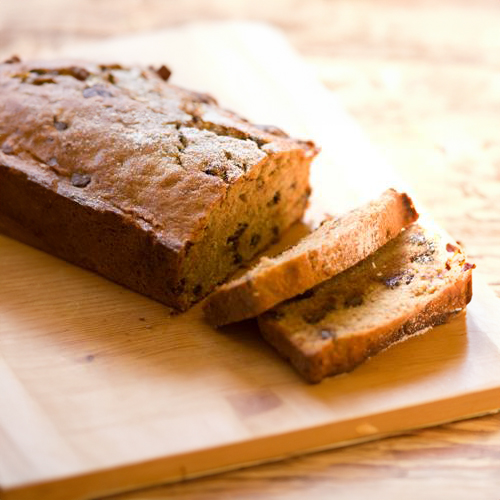
Falling somewhere between bread and cake in consistency, quick breads like cornbread, muffins, and scones are susceptible to texture changes at high elevations. When baking quick breads at high altitudes, try these adjustments to achieve the best final results.
- Flour: Increase flour by 1-4 Tablespoons
- Liquid: Increase liquid by 1 Tablespoon
- Leavening: Decrease every 1 teaspoon to 1/4 teaspoon
- Sugar: Decrease sugar by 1-4 Tablespoons
- Shortening: Decrease shortening by 2 Tablespoons-1/4 cup
- Temperature: Increase temperature by 15-25 degrees Fahrenheit
- Tips: Adjustments will vary based on quick bread’s texture.
High Altitude Pie Baking
Although not significant, pies can still be affected by high altitudes. Pie crust is prone to drying out at higher elevations so it is recommended to slightly increase the liquid in your recipe to keep it from becoming crumbly. Because the filling takes longer to bake at higher altitudes, it is recommended that you cover the crust with foil or a pie crust shield to prevent burning.
- Add liquid to crust to prevent drying
- Cover crust to prevent burning while filling cooks
Pan Preparation for Baking in High Elevation
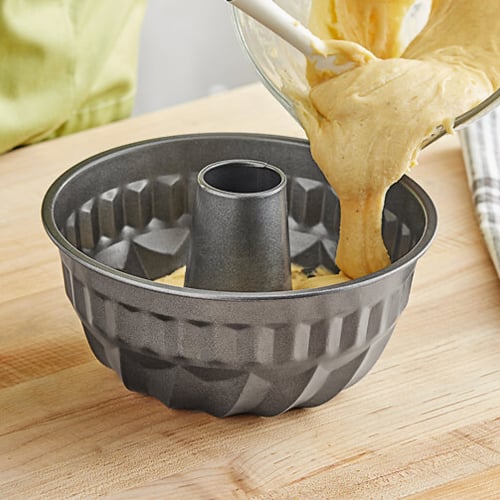
When it comes to high altitude baking, proper pan preparation is crucial to ensure your baked goods turn out just right. The unique conditions at high altitudes can affect the way your baked goods rise and cook, making it important to make a few adjustments to your pan preparation methods. In this section, we will discuss the best practices for preparing pans when baking at high altitudes.
- Grease Pans and Use Pan Liners: To prevent your baked goods from sticking to the pan, it is essential to grease the pans thoroughly. Greasing the pan will create a non-stick surface, allowing for easy release of your baked goods. Additionally, using pan liners, such as parchment paper or silicone baking mats, can further prevent sticking and make cleanup a breeze. These liners provide an extra layer of protection between the batter and the pan, ensuring that your baked goods come out intact.
- Use Cookie Sheets: For cookies and other flat baked goods, using single-layer cookie sheets instead of regular baking pans can help promote even baking and prevent crisping. Cookie sheets have low sides, allowing for better air circulation around the dough, which is essential at high altitudes.
- Use Bundt Pans: Using an angel food cake pan or a pan with a tube in the center can help cakes rise during the cooking process. The heat is directed towards the center of the batter and allows it to cook evenly.
- Grease Muffin Pans: When baking muffins or cupcakes at high altitudes, you'll want to grease the muffin pans thoroughly to prevent sticking. Shortening or vegetable spray can help create a non-stick surface and ensure that your muffins release easily from the pan.
High Altitude Baking Adjustments Chart
Print our high altitude baking chart to make adjustments with ease in your kitchen.
Print our High Altitude Baking Adjustments Conversions
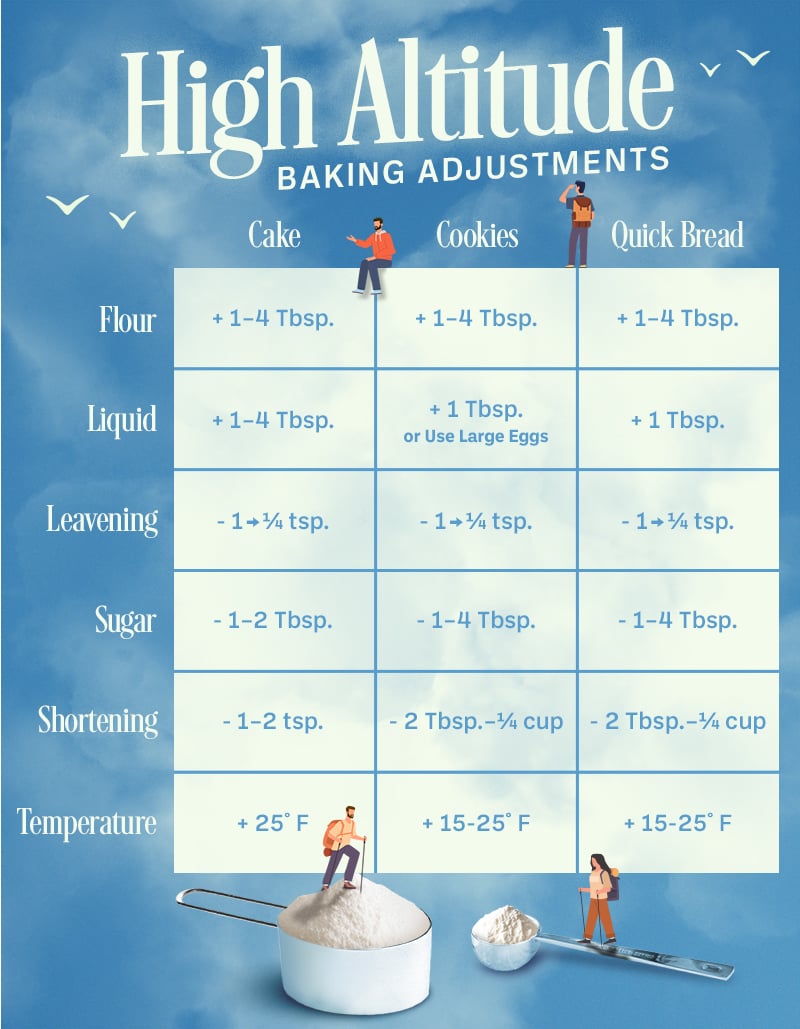
By following these adjustments, you can ensure that your high-altitude baking endeavors are successful. Remember to experiment and make note of the changes you make, as each high-altitude location may require slightly different adjustments. With practice and experience, you'll be able to confidently bake delicious treats no matter the altitude.



